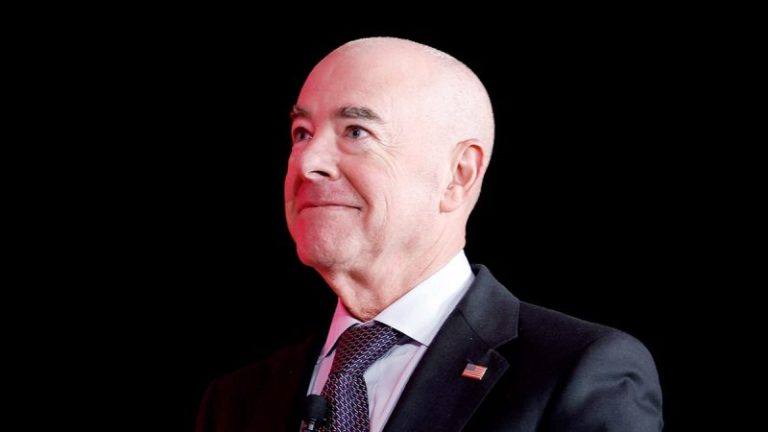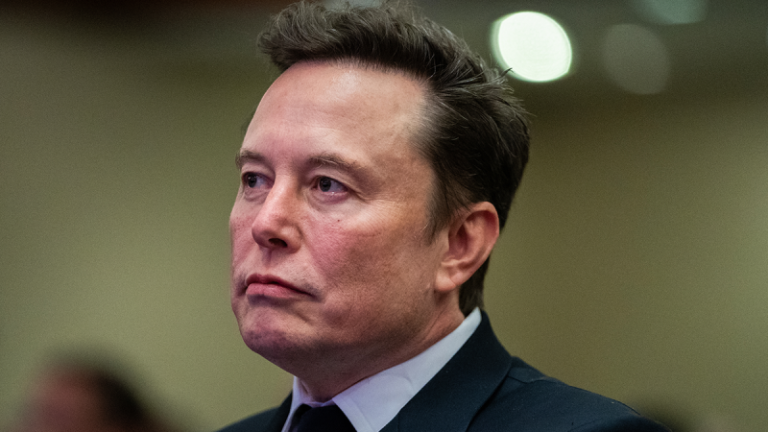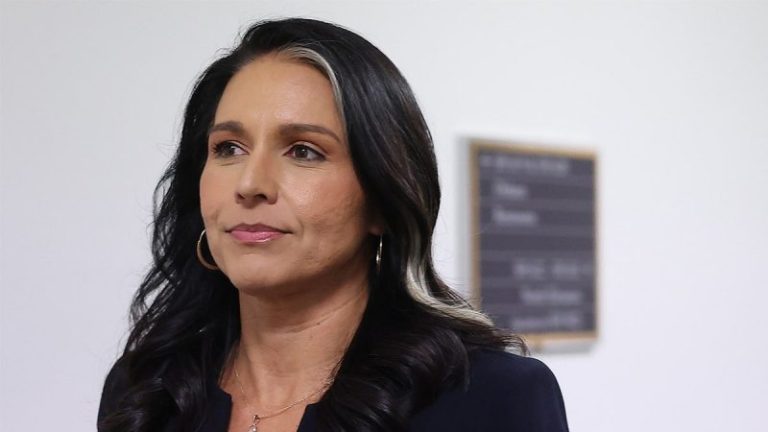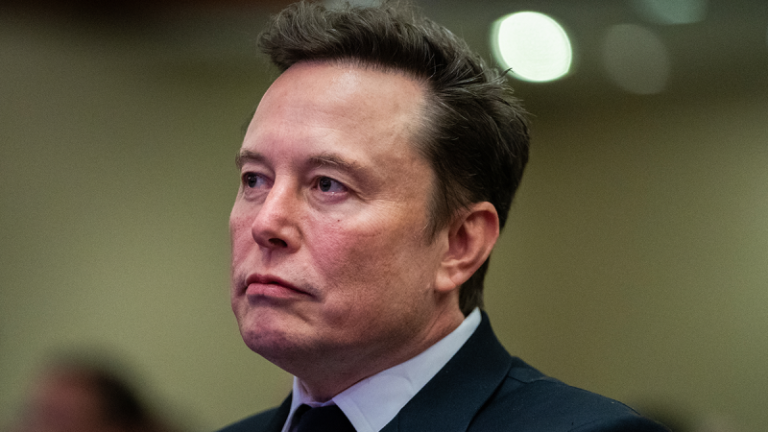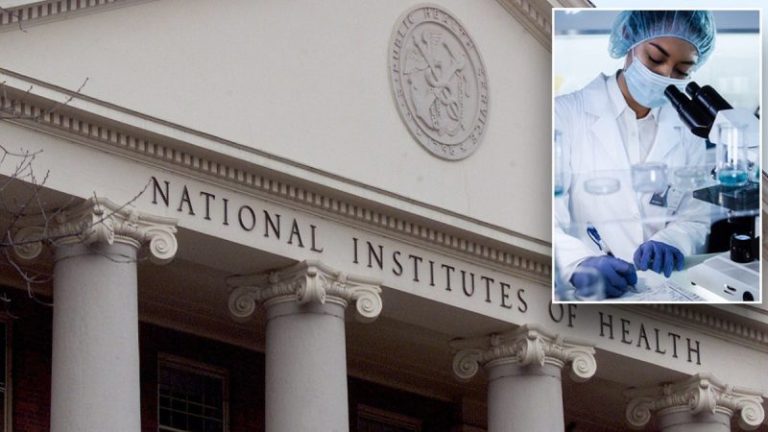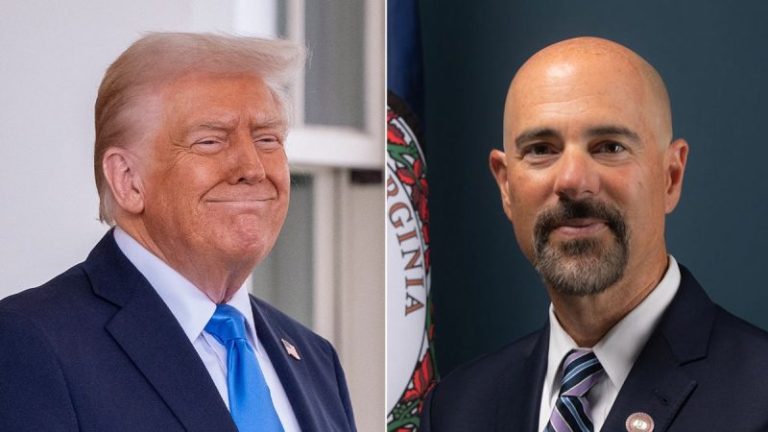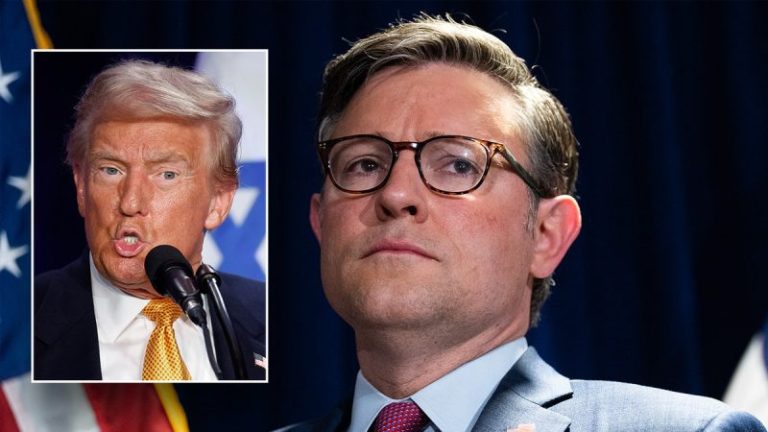He was the Shohei Ohtani of deferred baseball payments, making his financial decision 26 years ago with an annual paycheck that’s celebrated every July 1.
He was the Juan Soto of free-agent stars, signing the richest contract in baseball history with the New York Mets, nearly seven years before Soto was born.
He was a shrewd talent evaluator back when he was skinny outfielder out of Arizona State University, predicting nearly 40 years ago that Barry Bonds would be on his way to superstardom, and seething that Bonds isn’t in the Hall of Fame today.
He is Bobby Bonilla, the former six-time All-Star and World Series champion who is a special assistant for the Major League Baseball Players Association and a spokesman for their Players Trust Playmakers Classic with Fanatics.
Bonilla, executive director Tony Clark, and nearly 100 Major League players will be on hand for the Feb. 18 event in downtown Phoenix to raise money for youth development programs across the country, along with other charitable initiatives. Milwaukee Brewers first baseman Rhys Hoskins will be honored as the 2024 Philanthropist of the Year.
Follow every MLB game: Latest MLB scores, stats, schedules and standings.
“I think people going to have a blast, man,’ Bonilla says. “Everything the Playmakers Classic is providing goes to just tremendous causes around the globe. The players are really behind it.’
Bonilla, 61, who had a 16-year career, certainly will be an invaluable resource for the younger players in attendance, knowing that whatever they’re about to endure in their career, Bonilla has already experienced.
Where else you going to find a guy who can relate to the stress and internal pressure Soto is about to face in New York as the game’s highest-paid player? Who else made the shrewd financial decision to defer money in his contract, with interest that will pay him $1.19 million through 2035? Who else not only help nurtured a young talented player like Bonds in Pittsburgh, but future Hall of Famer Albert Pujols in St. Louis?
“I’ve been through it all,’ says Bonilla, who retired as a player after the 2001 season.
Bonilla won a World Series championship with the Florida Marlins in 1997 but still laments how close they were into bringing a World Series title to Pittsburgh. The Pirates lost three consecutive times in the NLCS, twice when Bonds and Bonilla were teammates under Hall of Fame manager Jim Leyland. The Pirates’ World Series drought still extends to 1979, and Bonds never did win a World Series ring with the Pirates or San Francisco Giants.
“Those Pirate teams, where we all got our start, was a very special place to play,’ Bonilla said. “Jim made it a fantastic place to play. The city was amazing. It would have been really, really nice if we were able to bring a championship to Pittsburgh because they really deserved it. … That group of players was about as good a bunch of guys to play with as any place I’ve ever played.
“We just ran into a couple of buzz-saws during the playoffs and couldn’t punch through. Trust me, it would have been really, really nice’
Bonilla and Bonds live on opposite sides of the country but still reminisce about those days. If the time ever comes that Bonds is elected into the Hall of Fame, Bonilla vows he’ll be sitting right there in the front row.
“I’m expecting him to get in,’ Bonilla said. “Look at the numbers. I’m not taking anything away from the Ohtanis, the (Mike) Trouts, the (Miguel) Cabreras, Pujols. But what BB did was just epic. Just take in account the walks (MLB record 2,558). Everybody talks about the home runs (MLB record 762). Can you imagine if they pitched to him? His stats speak for itself. …
“Just think about how many times they didn’t let him play. The one thing about baseball is if they don’t want you beating them, they’ll put you on first base, and you don’t get to play. If they don’t want you hitting, you’re not hitting. I don’t know how they’re not taking that into account how many times they did not let him play. …
“So when you really put it all into perspective, what part of it are people missing?’
Bonds, whose peers insist is the greatest player they’ve seen and arguably the greatest living baseball player, has been punished by the Baseball Writers’ Association of America and the Contemporary Baseball Era committee for his name prominently surfacing in the BALCO scandal. Bonds topped out at 66% of the 75% of the vote needed in his 10th and final year of the ballot.
While there are several players elected into the Hall of Fame who have been under strong suspicion of using performance-enhancing drugs, there has never been a player who has been caught or admitted to using PEDs elected into the Hall of Fame.
Bonds likely will once again be on the eras committee ballot in November, but there’s no indication that sentiments have shifted and that he’ll suddenly be elected along with Roger Clemens and any other peers who have been linked to PEDs.
Then again, Andy Pettitte, the former All-Star pitcher and five-time World Series champion with the New York Yankees, just saw his voting share spike to 27.5% in January.
The increase was prompted by arguments that if CC Sabathia is voted into the Hall of Fame on his first year on the ballot, Pettitte should soon follow with similar statistics. Sabathia, a Cy Young winner, had a 251-161 record and 3.74 ERA while Pettitte was 256-153 with a 3.84 ERA.
Yet, there’s a huge difference.
Sabathia played the game clean.
Pettitte was in the infamous 2007 Mitchell Report report as a PED user, and admitted later that he used HGH to overcome injuries.
So how could anyone possibly justify Pettitte to be the first admitted PED user to be elected into the Hall of Fame while Bonds and Clemens are kept out?
Bonds, a seven-time MVP, is one of the five greatest players in history and Clemens, a seven-time Cy Young winner, is one of the greatest right-handed pitchers in the last 50 years. They were accused of steroid use through BALCO and Clemens’ former trainer, but neither tested positive, were suspended or ever punished by MLB. Their cases are completely different than the likes of Alex Rodriguez, who was suspended an entire year for PED use, and Manny Ramirez, who was suspended three times.
“Regardless of how people feel,’ Bonilla said, “I just don’t know how people keep him out. …I just don’t know to keep that young man out. I’m super confident he’ll get in. He deserves to get in, there’s no question about it. Just look at the big picture.’
Bonilla, of course, had a decorated career himself, finishing second and third in the NL MVP balloting his last two years in Pittsburgh before signing a record five-year, $29 million contract with the Mets. It was the richest contract for an athlete in North America team sports.
Now, that honor goes to Soto, with his 15-year, $765 million contract that he signed in December. While Bonilla’s $6.1 million salary in 1992 was the largest in history, Soto will earn that much by mid-April.
But while the money will set up generations of wealth for Soto’s family, along comes the pressure. Nothing short of a World Series championship, or perhaps several titles for the Mets, may justify the deal. The Mets, who had the highest payroll in baseball in 1992 with some of the game’s biggest stars, went 78-84 and became infamously known as “The Worst Team Money Could Buy,’ with a book published about their season.
“For the most part, I believe players would love to stay where they’re at,’ Bonilla said. “Sometimes, you’re forced into doing certain things, and then once you go that route, obviously the flood gates open up a little bit. You land somewhere and you do the very best you can to justify what you’re getting.
“The key to that is to just go out there and play. Don’t worry about the money. I mean, it’s what the market is bearing. So just go out and do your thing and try not to put any pressure on yourself. That’s easier said than done because everyone wants to do great. …
“But I think Soto is well grounded. I mean, if you’re going to turn down $400 million ($440 million from the Washington Nationals in 2022), and do what he did, I think he’s going to be just fine. The Mets’ fans and (owner] Steve Cohen) are going to be pleasantly surprised. He’s going to go out and do what he does well, and that’s hit a baseball.’
Soto is one of the few high-profile free agents who didn’t have any money deferred in their contract this winter. The Dodgers have $1.039 billion in deferred contracts alone on their roster, led by Ohtani, who deferred $680 million of his 10-year, $700 million deal a year ago.
Yet, while Bonilla is thrilled that he deferred the final $5.9 million of his contract with the Mets, he also reminds you that he gets 8% interest in his deferrals. The deferrals given out these days don’t include any interest.
Perhaps this is why when Bonilla receives his $1.19 million paycheck each July 1, it’s called Bobby Bonilla Day, with checks coming in annually until he’s 72 years old.
“It’s bigger than my birthday,’ Bonilla said, laughing. “When that day comes, I get texts all day long, and couple of days after and maybe a day or two before. Everybody just seems to love that day and have fun with it.
“It’s become a pretty big thing.’
Bonilla laughs, knowing that many of the players today never had a chance to see him play, but, oh, they sure know all about Bobby Bonilla Day. It’s the contract that keeps on giving.
“What can I say?’ Bonilla said. “I’ve been blessed. Very blessed.’
Follow Nightengale on X: @Bnightengale
This post appeared first on USA TODAY




